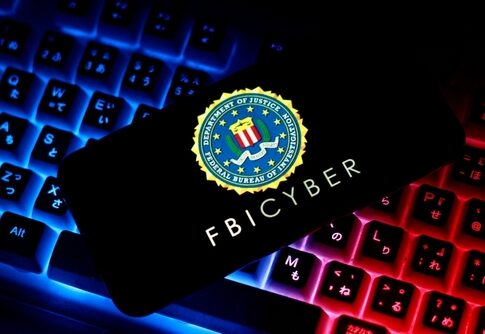The U.S. General Services Administration (GSA) has expanded its Login.gov service by introducing facial recognition technology, aiming to enhance identity verification for users of federal government websites. This move marks a significant step as the GSA rolls out this feature to provide a higher level of security and efficiency across various government agencies. The decision to include this technology has sparked discussions on privacy and user data, especially concerning the use of biometric information.
Facial recognition will allow users to verify their identities remotely by comparing a live selfie to a photo ID, such as a driver’s license or passport. This feature is expected to help prevent fraud and identity theft in government services. Login.gov, a single sign-on platform used by over 50 federal and state agencies, has been a central player in providing secure access to public services since its inception in 2017. This enhancement, officially announced in October 2024, is part of a broader effort to comply with the National Institute of Standards and Technology's (NIST) Identity Assurance Level 2 (IAL2) standards.
Homeland: Massive New Database To Include Facial Recognition, DNA, Relationships https://t.co/8yFVLEYdzT
— Chronicle of a murder in slow motion (@ZinaAntoaneta) October 7, 2024
While the facial recognition feature aims to streamline the user experience, it is not without controversy. The GSA emphasizes that the data collected through facial recognition will only be used for identity verification purposes and will be securely stored to prevent misuse. However, civil liberties groups have voiced concerns about the potential for this technology to be abused, particularly with issues surrounding algorithmic bias and data security.
The pilot program initially tested this technology with a limited number of federal agencies earlier in 2024. The GSA assured that the facial matching algorithms were chosen for their high performance in tests conducted by NIST. These algorithms are designed to be "privacy-preserving," meaning that selfies are only compared to the user's government ID and are not stored for any other purpose.
Two Harvard students have created a demo showing how smart glasses can use facial recognition to instantly reveal people's identities, phone numbers, and addresses.
📹 @anhphunguyen1 pic.twitter.com/npgCc1fW3t
— ㆅ (@howfxr) October 3, 2024
GSA Administrator Robin Carnahan praised the new feature, stating, “Proving your identity is a critical step in receiving many government benefits and services, and we want to ensure we are making that as easy and secure as possible for members of the public, while protecting against identity theft and fraud.” The GSA's goal is to make these verification processes both secure and convenient for users. The agency hopes that this technology will provide a balance between security and accessibility.
However, privacy advocates have raised questions about the broader implications of facial recognition technology. Concerns include the potential for the technology to misidentify individuals, especially people of color, or be used beyond its intended purpose. The GSA has responded to these concerns by stating that it has worked to ensure that the technology meets stringent security and privacy guidelines. In particular, the agency is focusing on mitigating the risks associated with biometric data, such as hacking or unauthorized surveillance.
Moreover, this rollout comes at a time when identity verification is becoming increasingly important due to the rise of remote work and online services. The GSA has noted the growing importance of remote access, particularly in cloud environments, where strong identity verification mechanisms can provide critical safeguards against cyberattacks like phishing. Security experts have highlighted that facial recognition could offer a more robust alternative to traditional password-based authentication, which is more vulnerable to hacking and social engineering.
Overall, while the introduction of facial recognition into Login.gov is seen as a technical and security advancement, it is also likely to face challenges from privacy advocates. The GSA's efforts to address these concerns through compliance with IAL2 standards and privacy-preserving technologies will be closely watched as the technology is rolled out more widely across government agencies.

